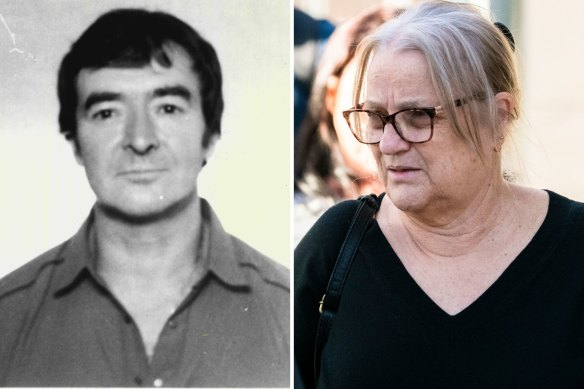A forensic pathologist determined Keam’s cause of death to be a traumatic subarachnoid hemorrhage, noted bruising and linear marks “similar to that which would be caused by the sole of a shoe” over his chest, and opined that he had been “savagely assaulted”.
Early’s barrister, Jeffrey Clarke, described the case as a “whodunnit” and argued the Crown could not exclude the possibility another individual or group had attacked Keam.
One man gave evidence that his group of school friends from Alison Park talked about the death of Keam and one boy said, “I done it [sic], I killed him”. He did not tell police because he thought the boy “had a big mouth and he was lying”.
Under cross-examination, that teenager, now a man, denied inflicting the injuries on Keam, and said he had been at home and that there was no such discussion.
Clarke further argued prosecutors had not ruled out the reasonable possibility that Keam had been injured before January 12 or 13, possibly during karate sparring sessions, or that the hemorrhage was the result of a natural cause.
People close to Keam gave evidence he had a black belt in karate and appeared fit and uninjured before his death. His wife, Diane Smart, said he complained of a sore groin – “I think from his karate” – but had no marks on his face when she last saw him on January 11 before she travelled to Canberra.

A file image of Raymond Keam; Diane Smart leaves the NSW Supreme Court in Darlinghurst.
Keam had been due to meet her on the 16th. Smart said she found out about his death on the news.
Early, previously known as Stanley Sutton, did not testify, but the court heard his past police statements and evidence at a 1988 inquest in which he claimed he had talked to a neighbour on the night of January 12, 1987, then watched TV and had coffee with his landlord until that man left between 1.30am and 2am.
Early said he heard voices in the park about 2.30am, including a man shouting words to the effect of “leave me alone, you’re hurting me” and “there’s my car” or “take my car”. He said they were noises “you hear karate guys make, sort of Bruce Lee-type”, but he had stayed in bed and fallen asleep.
The Crown relied on Early’s alleged admissions to his brother, Barry Sutton, who said Early arrived at his home in Bundaberg, Queensland on January 14, 1987.
Sutton said Early stayed for a few days and told him “he had been in a bit of a blue, so he’d just come up”, and that it was “in the park across the road”.
Early was arrested in Victoria in August 2021 and extradited to NSW. An inmate, given the pseudonym Tom Brown, said he spoke with a “Stan” in custody who told him he was “in for murder”.
Loading
Brown said he had joked “It’s Stan the killer man” and Stan replied “not for over 30 years, you know, because of people’s loose mouths, you know, I’ll be spending the rest of my life in here”.
He said he was later told by Stan there was a “park across the street” from his house, and it was “frequented by poofters with a gay sex problem”.
Brown claimed Stan told him he “noticed a guy going back and forth”, had confronted him and told a group of blokes “we have another one” before they “went and bashed him and left him”.
Brown, two weeks before the trial, told the prosecutor he “made the whole thing up”. But, in his evidence, he said he had been “freaking out” about testifying and being labelled a snitch with a target on his back.
Under cross-examination, Brown agreed that he did not come forward until September 2022, after reading an article about the death of Keam which said a $1 million reward was offered, but denied fabricating the confession.
A detective said Brown’s alleged conversations contained information that was not in the article, including that the accused lived across the road.
